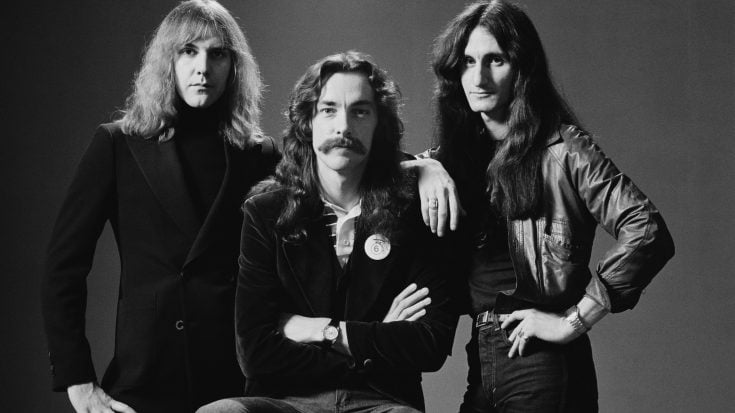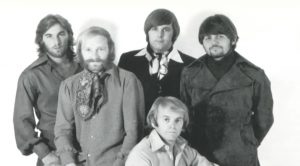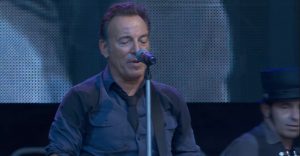The Real Dreamy Story Behind ‘La Villa Strangiato’

Rush (from left: guitarist Alex Lifeson, drummer Neil Peart and bassist and singer Geddy Lee), Canadian rock band, pose for a group studio portrait, 1978. The portrait was taken at a shoot for the band's Hemispheres album. (Photo by Fin Costello/Redferns/Getty Images)
Inspirations can be found anywhere in music. And inspirations from dreams can helm fantastic results; just ask the rock band Rush.
Dreams are a normal routine in our sleep, and there’s no doubt why musicians opt to create music that’s borne out of a good night’s slumber. For starters, Paul McCartney penned the classic Beatle track “Let It Be” when he dreamed of his late mother Mary around the time when the palpable tension inside the Fab Four recording sessions was affecting him. McCartney is a songwriting genius in his own right, but it seems as though he’s not the only one who could pull off an amazing track out of dreaming.
By the late-70s, Rush’s composition became more detailed in instrumental work. In their 1978 album Hemispheres, which contained only four tracks upon its release, Rush’s music was on another complex level. The 9-minute-track “La Villa Strangiato” subtitled “An Exercise of Self-Indulgence” became the album’s thriving conclusion.
In an interview, bassist/vocalist Geddy Lee admitted that the song alone took 11 days to record in a studio, and Rush had to cut it into three parts. Any attempts to record it in its entirety were thrown out. “We had written material that was really a bit beyond us, considering our level of musicianship at the time,” Lee explained. “And that was the thing about Rush: we’re always overreaching.”
In a separate interview from CBS Music back in 2014, drummer Neil Peart shared how “La Villa Strangiato” came to fruition – which all started from Alex Lifeson’s dreams. “This is Alex’s brain, and every section of that song is different dreams that Alex would tell us about and we’d be, ‘stop, stop.’” Peart recalled. “It was these bizarre dreams that he would insist on telling you every detail about, so it became a joke between Geddy and me.”
Peart also detailed how Rush became in trouble later on when the band used a snippet of music from an early 1930s cartoon. “There’s also a big band section in there, which was absolutely for me because I always wanted to play that approach. And cartoon music. We got in trouble later because we used music from a cartoon from the 1930s,” he added.
Perhaps there’s a slight chance that Lifeson was watching cartoons before drifting to sleep, given that the cartoon song entitled “Powerhouse” by Raymond Scott was sometimes featured on several modern-day cartoons such as The Ren and Stimpy Show, Spongebob Squarepants, and The Simpsons.
Listen to the song below.












